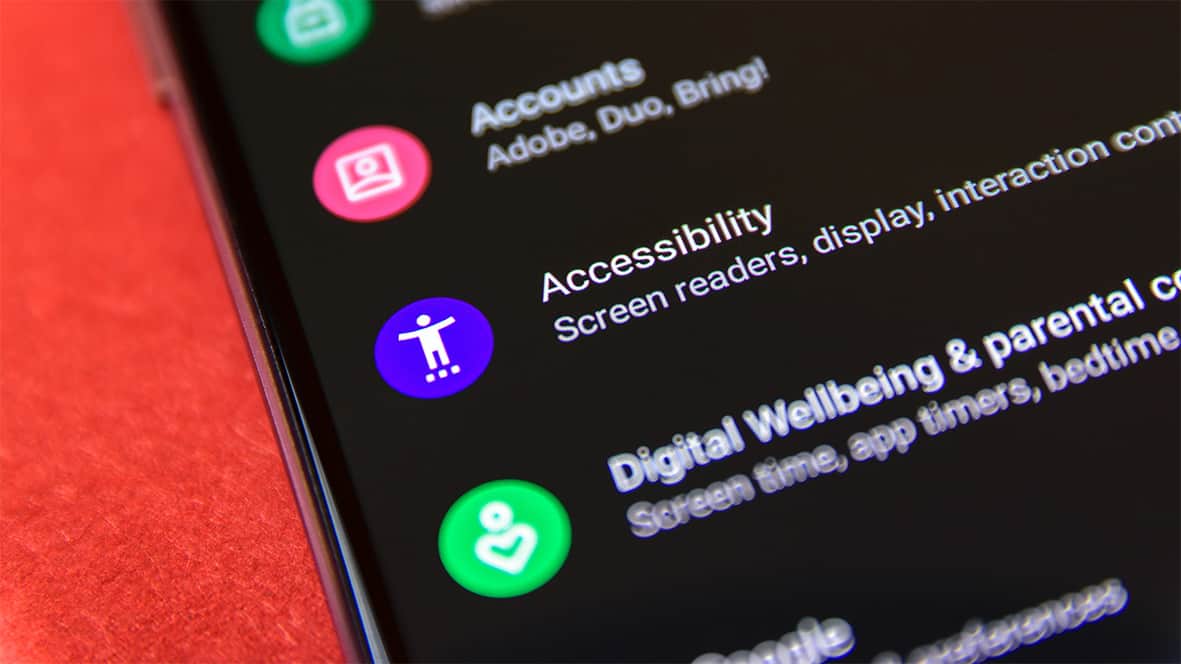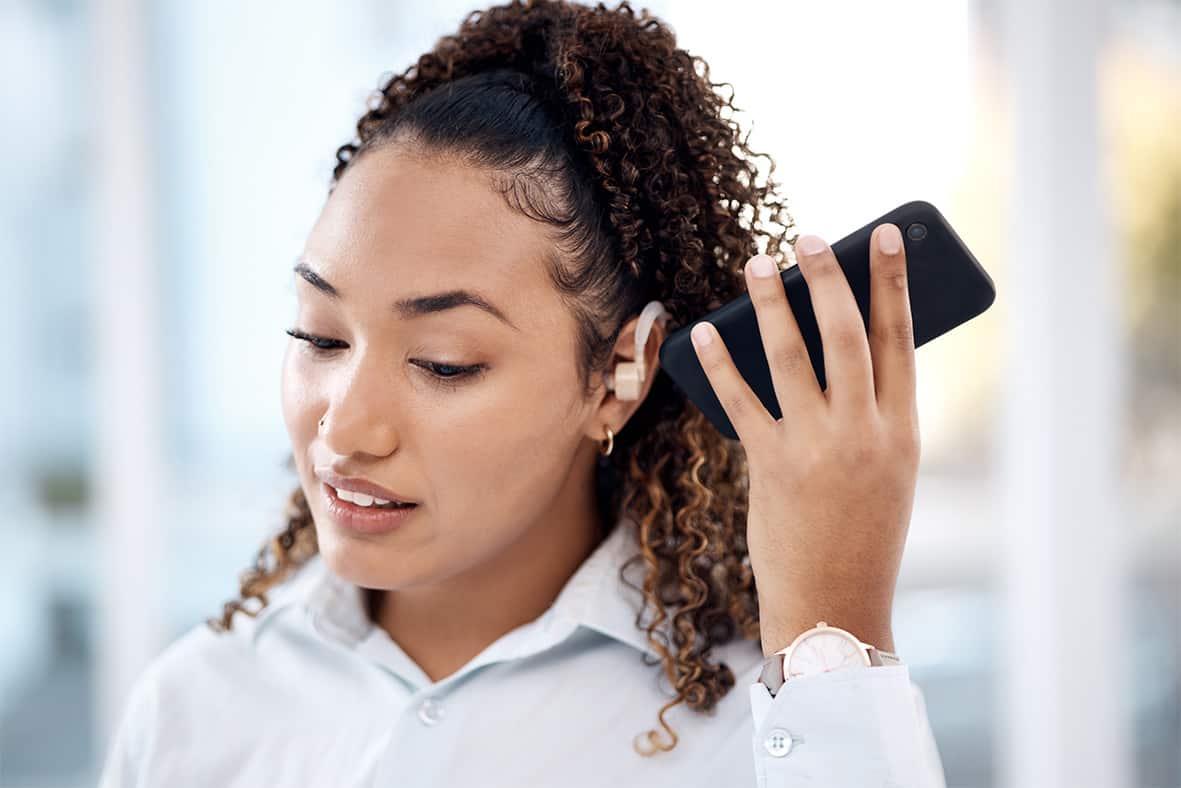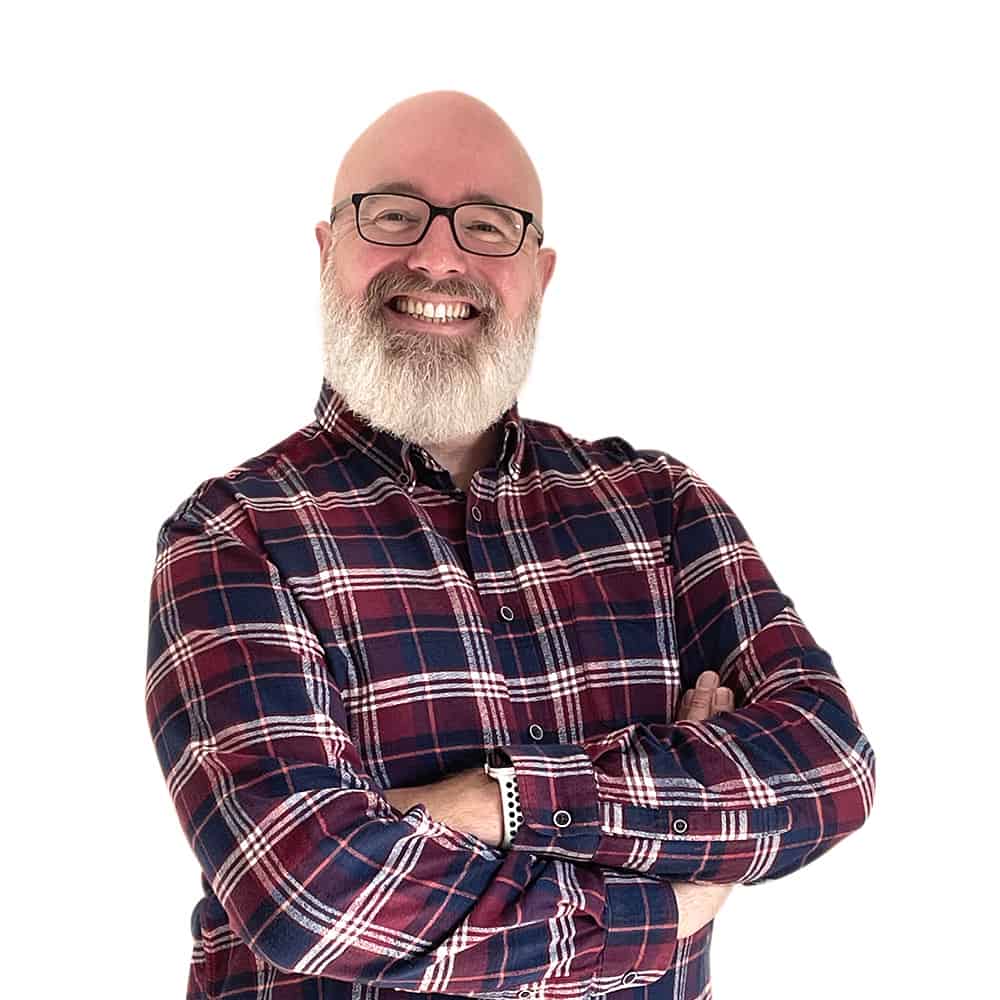Celebrating Global Accessibility Awareness Day
18th May 2023 • 3 min
18th May 2023 • 3 min

I’m a white female in my 30’s, with shiny black hair and I’m wearing a red t-shirt with white writing on. If I was a speaker at Axe-con in March 2023, then this is how I’d have started my session – everyone did. Axe-con is the world’s largest digital accessibility conference, focused on building, testing, and maintaining digital experiences.
So, what really is digital accessibility? According to Axe-con, it’s the challenge of creating experiences that everyone can enjoy, regardless of disabilities or neurodivergence. In the tech world, it is now receiving more attention than ever. From describing your appearance at the beginning of online presentations, to creating websites with less motion. And it’s not just an afterthought either. It’s now built into design and development processes from the start.
Let’s look at one of the most famous brands out there, Apple. They have made great strides in accessibility, and all their products now have built-in vision, hearing, mobility, and cognitive features. These include calming background noise to help minimise distraction and increase focus; a reader mode which strips away unwanted clutter; and a voice over that tells you out loud exactly what’s happening on your device.

There is no endpoint to accessibility, and it can always be improved through research and innovation. At Torpedo, we’re constantly on the lookout to find new ways of bettering our services and making them as inclusive as possible. Our very own website has reduced motion options and one project for our clients Agilent included a page which had an unexpected horizontal movement on scroll. This meant we created an alternative with less movement and ensured the site is accessible to all users.
It isn’t just our UX and Digital departments who need to consider accessibility. Our design team are always thinking about how their work can be seen or read. Colours are a big part of design and go a long way to making something stand out and look good – but they’re also important in making the work accessible. People with low vision can find it difficult to read from a background colour if it has low contrast. When someone perceives the work differently to how you intended, the message can be lost, and the content misunderstood.
Even at tech giants Google, the road to creating a more accessible company has been a long one – and is still far from finished. A key turning point in their process was the change of mindset to work with the users, not just for the users. They have done this by working with employees with disabilities, creating research studies, and setting up tester programmes.

Google are currently in the process of systematically integrating accessibility into the culture of the company. Recent steps they’ve taken towards doing this have included:
Of course, very few companies have the budget or manpower that Google do, but they’ve set a good example to follow.
Every company is different, and every company will have slightly different solutions to accessibility – there’s no silver bullet. As we’ve seen with the Google example, there are so many ways to give accessibility a greater standing in your organisation. Behind these actions though, is one common theme, and that’s effort. It won’t happen automatically. People need to make a conscious effort to make sure accessibility is woven into the day to day running and designing of products. Whether that’s something small like describing your appearance on online presentations, or something bigger like setting up an accessibility week – it all adds up to eventually creating a thoughtful and inclusive working environment, offering brilliant digital experiences.
